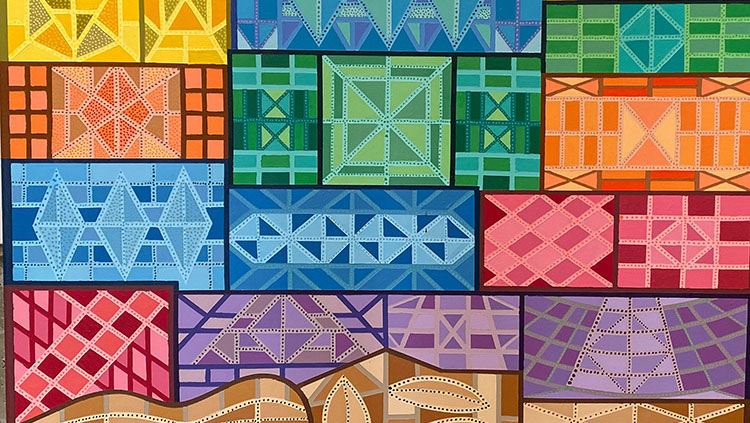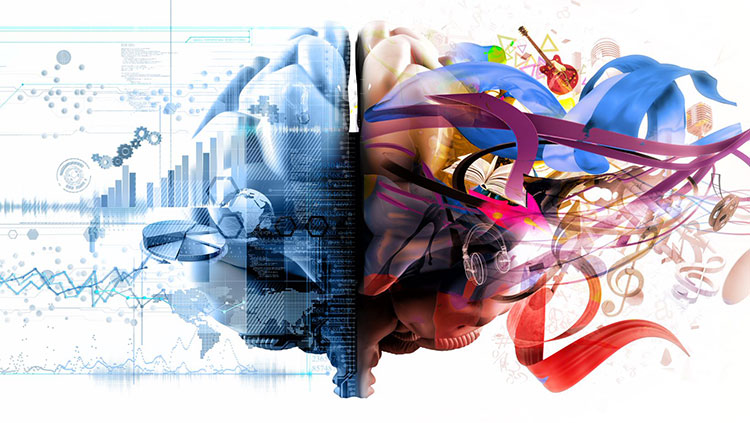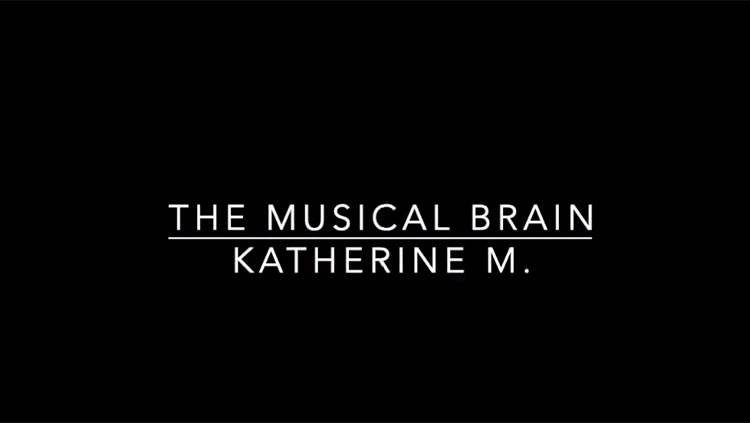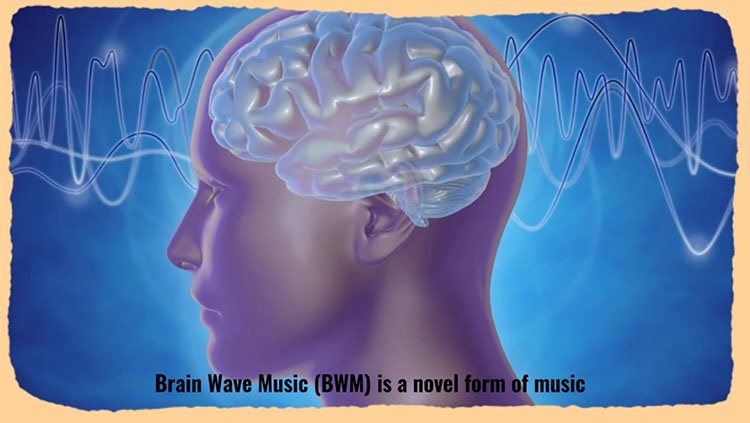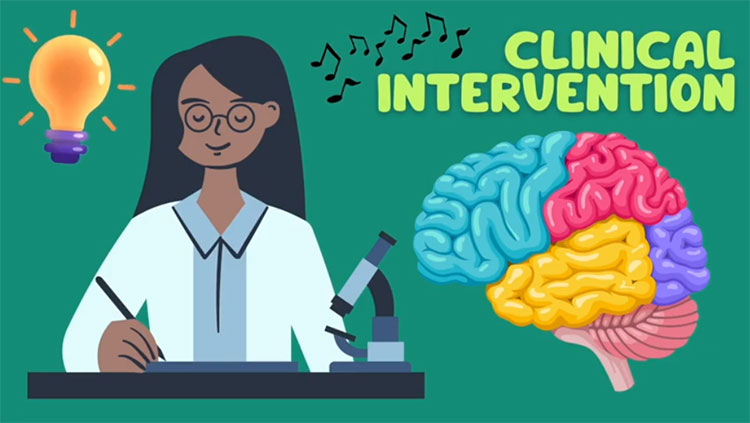Visualizing Art
- Published12 Feb 2014
- Reviewed12 Feb 2014
- Source The Dana Foundation
The Black Perigord region of Southwest France is a pastoral countryside of thickly forested hills and fertile valleys, and caves and grottoes that hold some of the world's oldest artworks. To stand face-to-face with these figures of bison, horses, mammoths, and other creatures, as was my joy and privilege several months ago, is to marvel at an emotional power that leaps across 15,000 years from the brains of our earliest ancestors.
What went on in those brains? What neural circuitry, for that matter, flickered and flashed in the creation of paintings and sculptures over the centuries that followed-and within the artists of today? Only recently have researchers started finding clues.
Neuroesthetics, the brain science of art, is a young field that has largely focused on music among the arts, and on the biology underlying response rather than creation.
"This is rooted in how scientists approach everything-incrementally, methodically," says Charles Limb, a Dana Foundation grantee who teaches at Johns Hopkins Medical School and the Peabody School of Music. "It's hard to understand something like the production of music before you understand the perception of music."
The brain learns to draw
In the visual arts, researchers have begun to reveal how viewing a masterful painting arouses a kind of empathic response in our own brains and bodies, echoing the postures and pains of depicted figures-even the tiny gestures embodied in brushstrokes. The same emotion-regulating circuits are activated when we look at a depicted scene as if the reality were before us.
To Lora Likova, of the Smith-Kettlewell Eye Research Institute in San Francisco, "Seeing art is a great experience," she says. "but producing art is much more powerful-it engages the whole brain."
A lifelong fascination with the arts and a neuroscientist's passionate curiosity have led her to probe deeply into an element of visual art as essential to Leonardo and Picasso as to their paleolithic predecessors: drawing, "an amazing process that requires precise orchestration of multiple brain mechanisms, perceptual processing, memory, precise motor planning and motor control, spatial transformations, emotions, and other diverse cognitive functions."
In its formidable complexity, drawing offers neurobiologists a unique laboratory. For what she believes to be the first studies to explicitly examine the effects of visual arts training on brain function, Likova had blind and sighted people learn to draw via a weeklong program ("Cognitive-Kinesthetic training") she developed to accelerate and illuminate the process.
In a series of experiments designed to explore working memory and neuroplasticity, she had sighted subjects, blindfolded during training and testing, trace the outlines of figures with their left hand, then sketch them with their right, while in an fMRI scanner, before and after their week of drawing lessons.
The visible effect of training was striking: What had been amorphous scrawls became fully individualized depictions of a shoe, a head, a flower.
Brain changes were equally impressive. Initially, activity in the primary visual cortex or V1, an area other researchers have suggested might be a "neural sketch pad" for working memory, was muddled while the subjects attempted to draw by touch. After training, it was coherent and orderly.
The transformation seemed almost miraculous when she gave the same training to congenitally blind people: chaotic, immature activity in the V1 became highly organized, as they produced creditable images of what they had just explored by touch, with no visual memory to suggest what a house or other figure should "look like."
Although Likova's subjects learned to draw using an unusual method adapted to her experimental paradigm, she thinks that similar changes occur with conventional training-i.e. that reorganization of the primary visual cortex to facilitate working memory is a key effect, and activation of "networks over the whole brain, from occipital to prefrontal cortex, and many complicated cognitive, perceptual, and motor systems, are involved."
Her findings, she says, suggest that drawing has enormous potential for cognitive rehabilitation. In her blind subjects, the improvement in spatial memory was highly transferable to other tasks, and the impact on working memory suggests far broader applications.
"If visual art training can have this effect, so quickly, in blind-from-birth individuals, I predict it will be stronger and more easily achievable in those who are sighted but have other cognitive problems, including the aging. Drawing makes demands on the brain that get it to organize resources to create and maintain stable memories."
The creative edge
Drawing from life is a fundamental element of visual art; the flights of imagination that transform images represent a further step in many works, which Charles Limb has started to investigate.
Improvisation is familiar territory for Limb. In a widely cited fMRI study, he showed that when jazz pianists improvise, the lateral prefrontal cortex of the brain, which regulates judgment and decision making, is largely deactivated, while the medial PFC, which connects to internal states and memories, revs up. An ongoing study of rappers, who improvise with rhythm and rhyme, has thus far had broadly similar results.
Now Limb is looking into the brain as it improvises visually. "I was talking to Kal Kallaugher, a cartoonist who draws political caricatures for the Economist, about the mental process he goes through [in transforming his subjects' features of into more fanciful shapes], and he said, 'Actually, I feel like a jazz pianist, riffing on a theme.' With that in mind, we designed a project where we had professional artists draw faces as straight likenesses or caricatures."
He's worked with four artists thus far, and the data, though preliminary, "seem to be similar to what we've seen in other creative flow states: the same frontal deactivation pattern."
What Limb has observed in musicians and artists may represent a fundamental element of creativity itself, says Rex Jung of University of New Mexico: "a shift away from the external toward internal cognitive states. There appears to be disinhibition of a normal braking system in the brain, that allows more ideas to be explored simultaneously, producing novel and useful combinations…a dynamic that can be extrapolated to a lot of creative activities" including science and technological innovation.
In a recent paper, Jung reviewed structural neuroimaging research that correlated brain differences with scores on tests of creativity. He found an overall reduction in "fidelity- structural elements we think enable the brain to function better" in frontal areas of people expressing more creativity: thinner cortices, less myelination, lower levels of chemicals associated with neural activity and viability.
"This was surprising to us, because in studies of intelligence the opposite is true: all measures of frontal lobe integrity are higher," Jung said. But functional studies like Limb's suggest a more nuanced picture, he said.
"We're becoming more sophisticated in appreciating that the frontal lobe is a large area, and reduced integrity could reflect downregulation only in certain networks, such as those identified in improvisation research," Jung said. "The functional work is starting to point toward a back and forth between different networks, a kind of balancing act."
This neural dynamic, Jung argues, could correspond to a classic model of creativity where "blind variation"-the brain generates a wealth of innovative material- is complemented by a "selective retention" phase when the artist, scientist, or writer chooses which possibilities to reject, which to keep and elaborate.
A 2012 University of British Columbia study suggested such a biphasic process. Art students were given book descriptions and told to alternate, while in the fMRI scanner, between generating ideas for cover illustrations (by sketching or writing notes on an electronic tablet), and evaluating their ideas. Different brain networks were activated during "generation" and "evaluation" phases.
Research in progress could give a finer-grained picture of picture-making. Likova has used a fiber-optic motion capture system to correlate the movements of her drawing subjects with their brain patterns. Her initial analysis has confirmed the importance of the V1 "neural sketch-pad ," and she hopes that closer dissection will fill in moment-to-moment details of brain network dynamics: what the brain is doing while the pencil starts and stops, speeds up and slows, as artistic decisions are made and a drawing comes into being.
- Carl Sherman
CONTENT PROVIDED BY
The Dana Foundation is a private philanthropic organization that supports brain research through grants and educates the public about the successes and potential of brain research.



